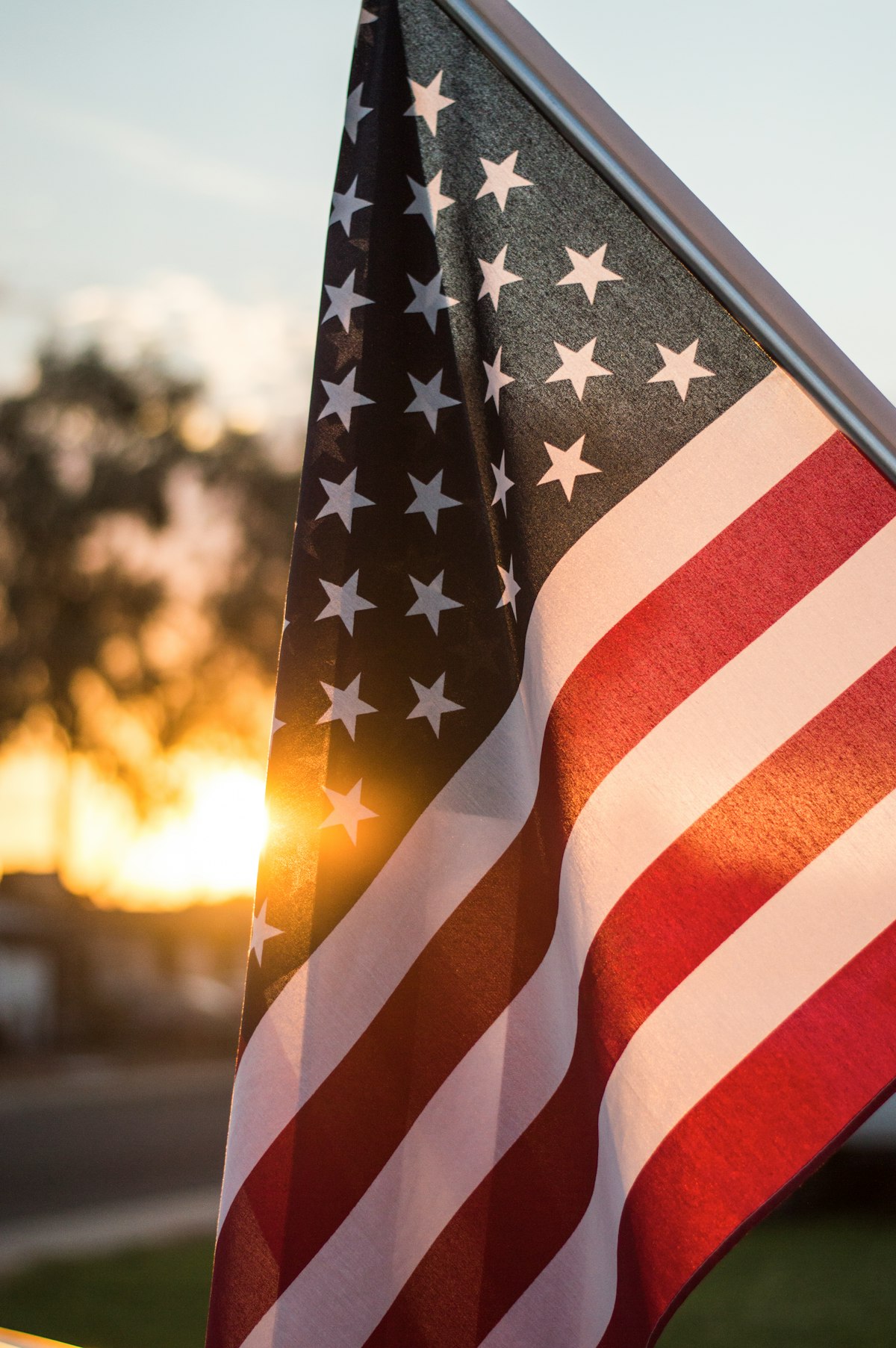Matthew 7:15 - Beware of false prophets, which come to you in sheep's clothing, but inwardly they are ravening wolves.
The right wing in America used to be the dominant, most powerful force in American politics. It ran the American regime throughout the 18th, 19th, and part of the 20th century. Somewhere along the way, however, the American Right was defanged, and it is now nothing more than an inanimate dummy for the establishment to demolish time and time again.
An article in The Atlantic explains that conservative parties are the most crucial aspect of liberal democracy, functioning as political shock absorbers for dissident right-wing movements and ideas. Conservative parties redirect these dissidents and their energy into causes that do not oppose the establishment in any meaningful way.
If we want to achieve a desirable and lasting victory in our time, we must first fully overcome the mainstream conservative movement and replace it with our own. To do this, however, we must first understand how our ideological and intellectual forbears were subverted to ensure this does not happen to us again as we attempt to bring about radical change.
The American Right has been subverted and neutered since the beginning of the 20th century. However, the fight most relevant to today began in the late 1960s. During this time, the neocons were a new group of liberals who had become increasingly hostile to the socialist fervor and pacifist demeanor of the "New Left." Irving Kristol — father of Bush administration architect Bill Kristol — and Norman Podhoretz, who served as editor-in-chief of the Jewish-American journal Commentary, led the nascent neocon movement.
Kristol and Podhoretz would bring many fellow disaffected liberals to the Republican Party, despite these liberals having little in common with the GOP's base: Christian, mostly of European ancestry, residing in the American heartlands. However, their new "conservative" allies arrived in America much later than the founding stock and were markedly Jewish in faith and ethnicity. They resided in New York and Los Angeles, and their lifestyles significantly differed from the Republican base. Republicans found the neocons' anti-communism remarkable, however, and the neocons earned an invitation to the "New Right" coalition forming within the party.
It's important to note that the neocons were anti-communist for very particular reasons: namely, they saw the fight against communism as a fight for democracy, free trade, and freedom oppression (emphasizing the anti-Semitism of the Soviet Union). Traditionally, the American Right was anti-communist to defend Christianity and European civilization — ideals quietly replaced by the fantasies of the neocons.
Neocons would go on to infiltrate academia and elite institutions, mentoring many of the nation's future conservative leaders through organizations like the Claremont Institute. Neocon thought leader Leo Strauss, a Jewish philosopher exiled from Germany, taught his students the applicability of Machiavelli's teachings to modern American politics. He developed the idea that "noble lies" would be necessary to goad the backward Republican constituency into supporting a universalist agenda. Strauss instilled in his students the importance of holding public and private positions in social issues, concealing ulterior motives on issues like foreign policy and immigration.
Strauss and his students also developed the idea of America as a "creedal nation," meaning America has no religious, racial, or national core. They taught that America's true identity is in the universal values of the Constitution, the Gettysburg Address, and classical liberal ideology. Neocon intellectuals would go on to teach American conservatives that their strengths are not what Founding Father John Jay described as "one united people — a people descended from the same ancestors, speaking the same language, professing the same religion." Instead, conservatives in America would learn a universalist and secular interpretation of the American founding and her historical figures.
Once in positions of power within the conservative movement, neocons would push back against groups, figures, and ideas deemed too radical and unprofessional. One such group was the paleocons. These southern conservatives were brought to the Republican Party by President Richard Nixon, and they could accurately be described as the ideological predecessor to many in the dissident right today. Neocons and paleocons agreed on one issue, lowering taxes, and neocons lulled paleocons into a false alliance.
The neocons had no illusions about sharing their newfound power, and they attacked and pushed the paleocons out of the right wing. The John Birch Society was deemed too radical, Professor Mel Bradford and Sam Francis were labeled repulsively racist, and leaders like Pat Buchanan were considered anti-Semitic. The neocons would then dominate the Bush administration, distracting the Republican base with costly foreign wars instead of fixing urgent domestic issues like immigration and the decay of Christian morality.
For decades, hostile interlopers have compromised the Republican Party. These subverters merely line their pockets and do nothing to actualize an authentic Christian vision. They have tricked conservatives into forgetting the inseparable Christian core of America. Simply put, the Republican Party is dead. Dissidents must retain their edge and sincere beliefs to resist being absorbed by the establishment and redirected into non-offensive and ineffective conflicts. It's time for a new, bold, fearless vision that puts America and Christ first.
The views expressed in this article solely represent the author's views and not necessarily College Dissident's.




